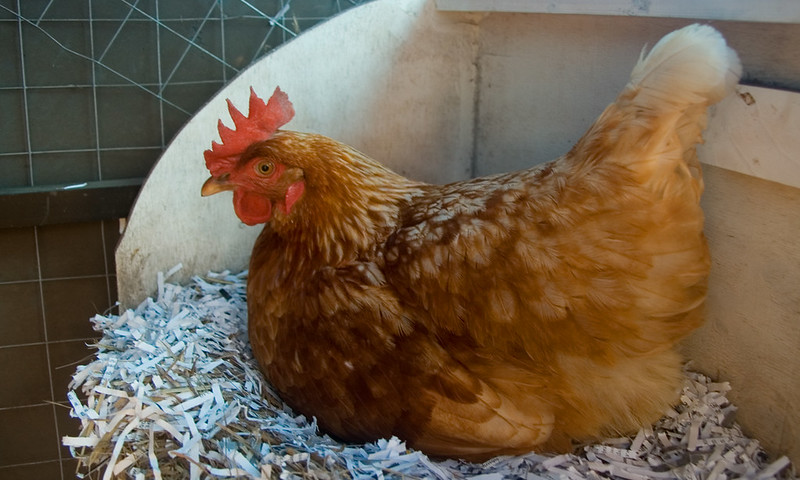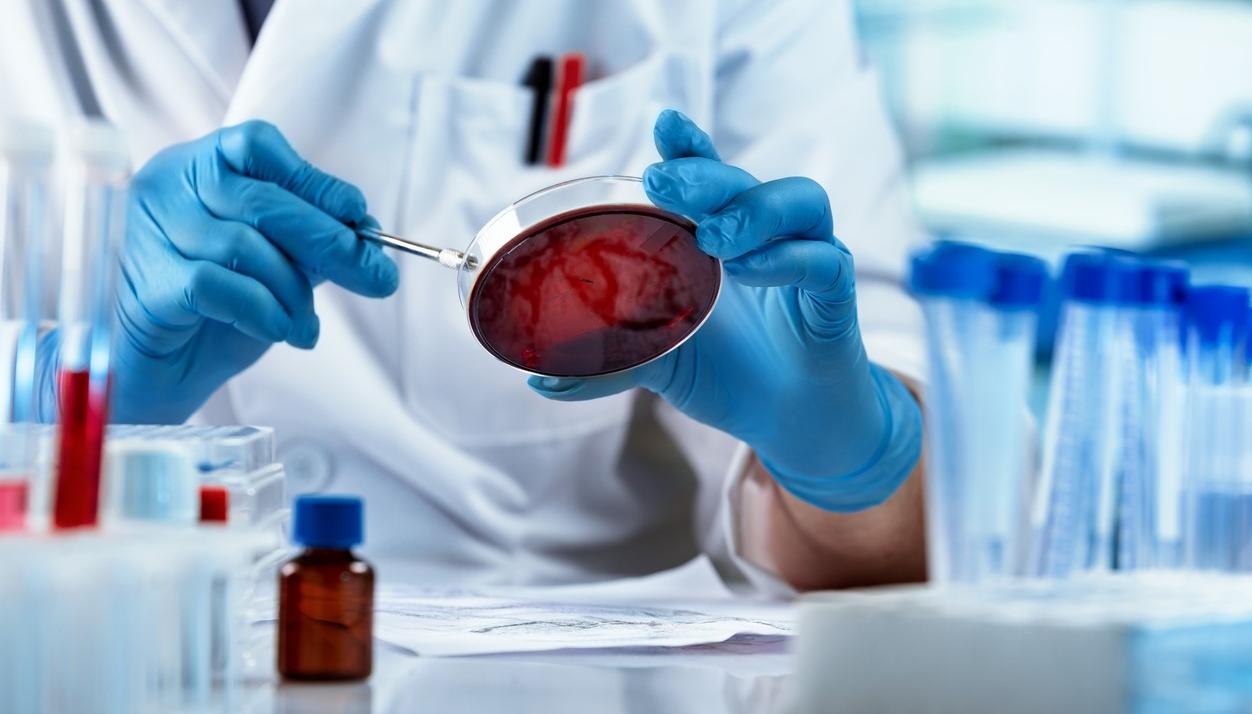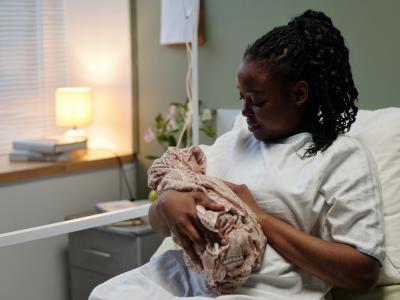.jpg)
Implementation of a prospective, multidisciplinary antimicrobial stewardship (AMS) program in neonatal units in South Africa significantly reduced neonatal antibiotic use, particularly in newborns with sepsis, researchers reported last week in the International Journal of Infectious Diseases.
The 20-week national neonatal AMS (NeoAMS) intervention was implemented in 14 South African neonatal units (seven public, seven private) from February to July 2022. The intervention involved multidisciplinary teams of neonatologists, microbiologists, pharmacists, and nurses attending online training sessions, participating in weekly meetings, and conducting prospective audit and feedback of neonatal antibiotic prescriptions.
To evaluate the intervention, researchers collected data on the number and type of interventions recommended by pharmacists, the acceptance rate of AMS recommendations, and changes in antibiotic length of therapy (LOT).
24% reduction in mean antibiotic LOT
The 565 neonates enrolled in the study received antibiotic therapy for 753 infection episodes. Pharmacists evaluated 700 antibiotic prescriptions. The most frequent indication for empiric antibiotic therapy was to rule out early-onset sepsis (41.4%), followed by therapy for suspected hospital-acquired sepsis (26.1%).
Pharmacists recommended 437 NeoAMS interventions (0.6 per antibiotic prescription episode) during the 20-week study period, with antibiotic discontinuation (42%), therapeutic drug monitoring (17%), and dosing (15%) recommendations the most frequent. Neonatal clinicians’ acceptance rates for AMS recommendations were high (77%). Overall, mean antibiotic LOT decreased 24%, from 9.1 to 6.9 days, with the greatest decline in LOT observed for culture-negative sepsis (8.2 to 5.9 days).
The study authors say the findings are significant because almost all previously published neonatal AMS intervention data were generated in high-income settings. They note that NeoAMS is the first multisite, multidisciplinary neonatal stewardship study conducted on the African continent.
"This study adds to the limited evidence base for neonatal AMS in Africa and demonstrates the positive impact of multidisciplinary team-led AMS," they wrote. "These findings confirm that successful AMS initiatives are possible in resource-limited neonatal settings."


















